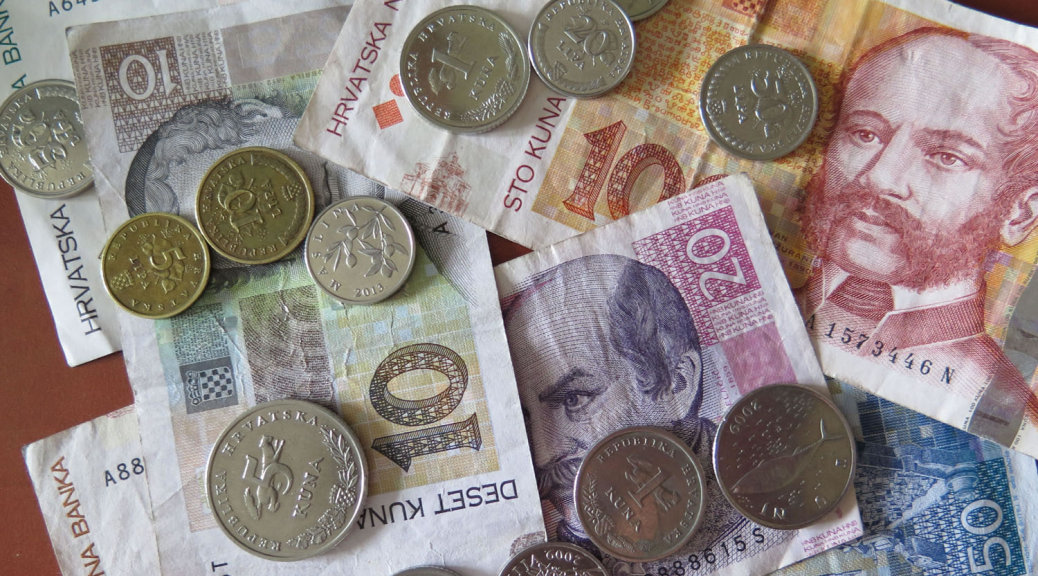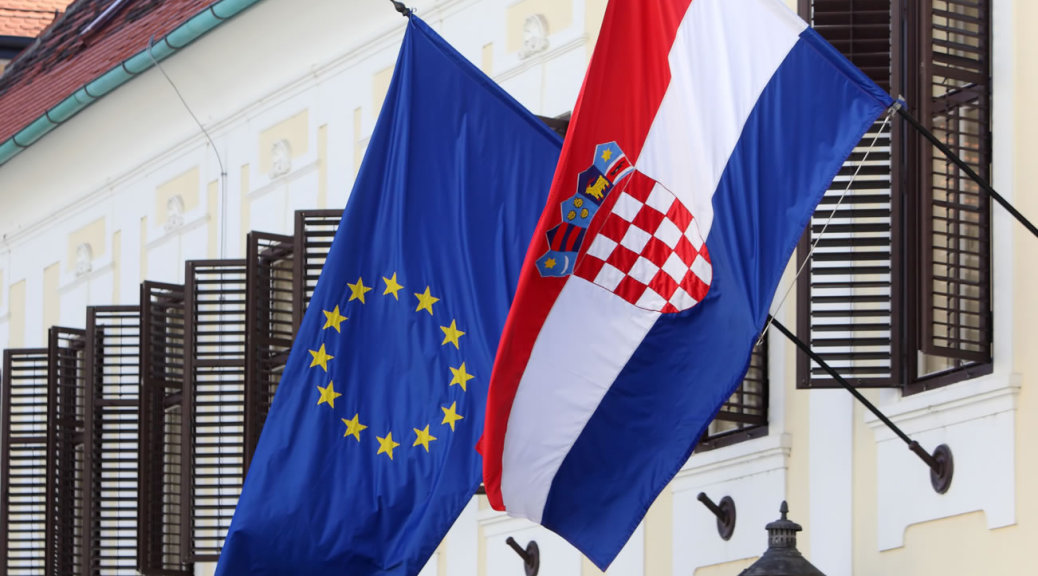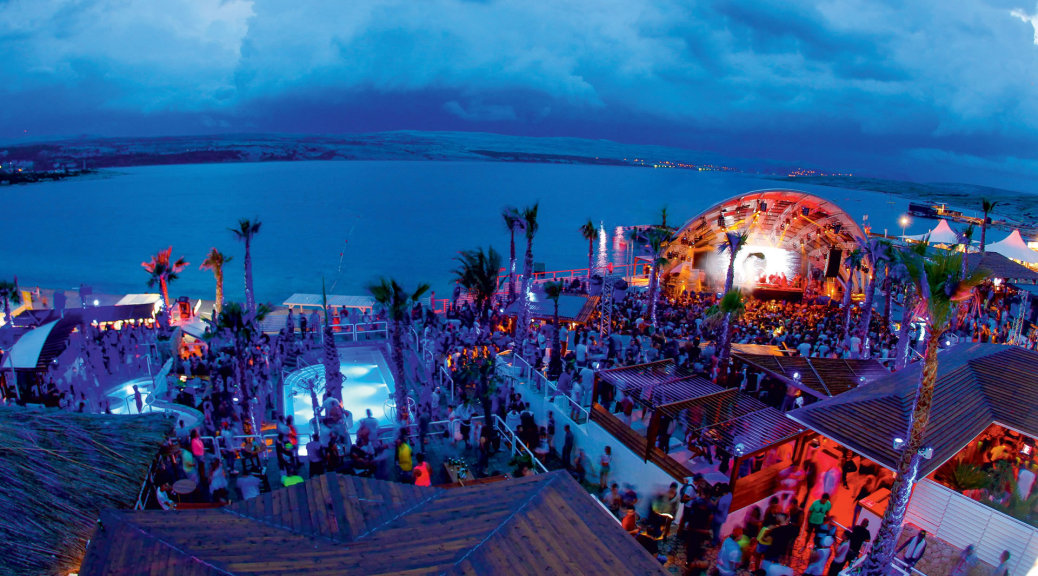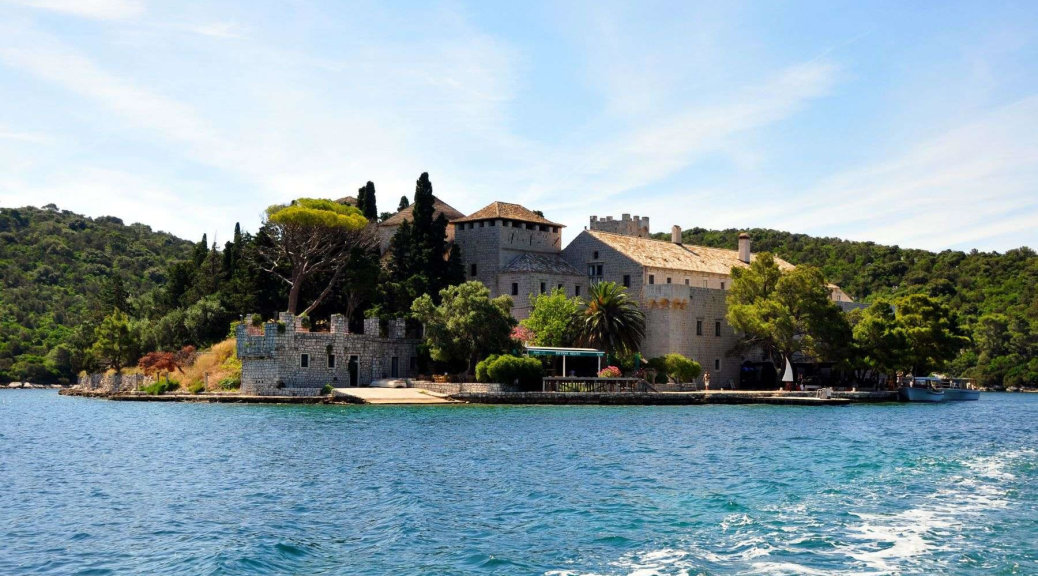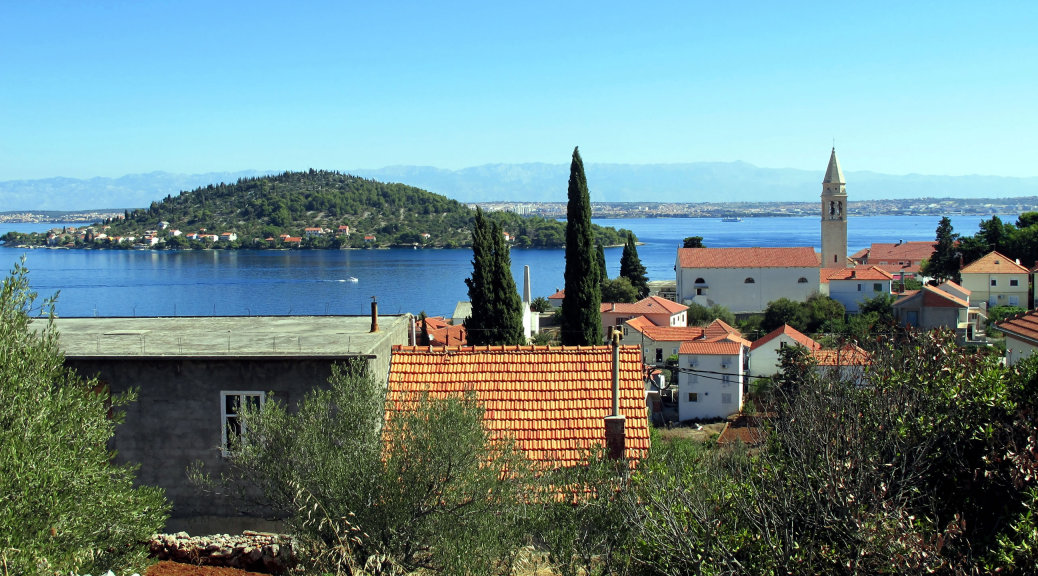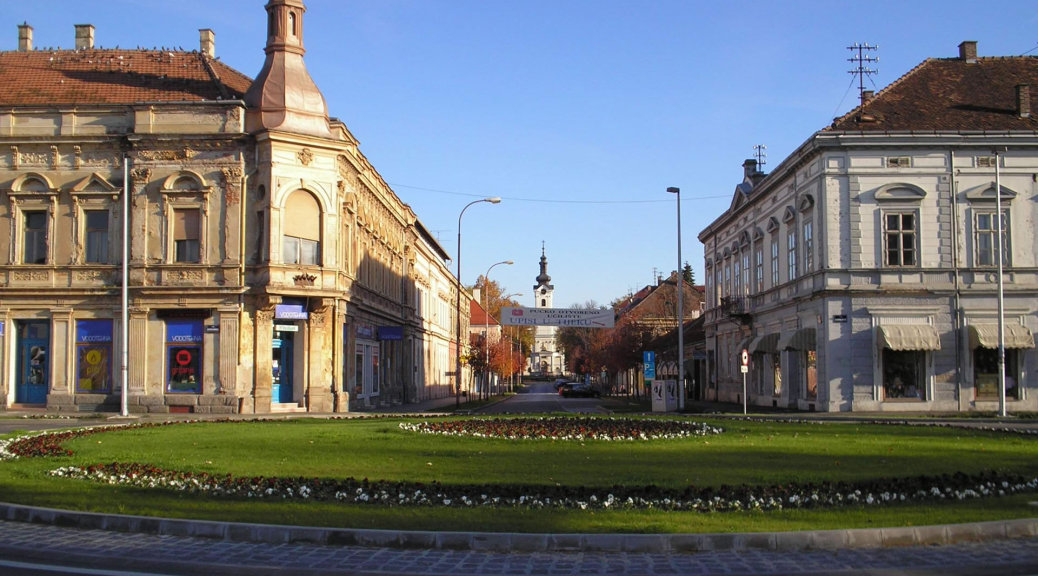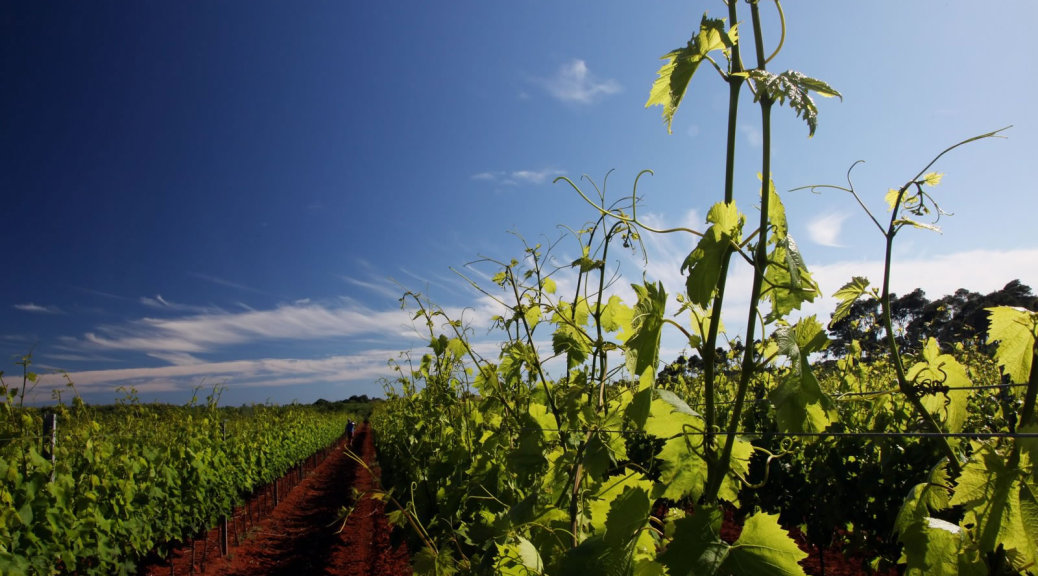In the very centre of Bjelovar – Bilogora County, you’ll find its cultural capital – the city of Bjelovar. It was founded in the 1756 by empress Maria Theresia, who saw it as a New Varaždin, a strong military fort which was to stop the ongoing mutinies. Every year in June there is a festival Terezijana which honors her.
The empress Maria Theresia made the city official, but there is some evidence from the year 1413 dating the existence of the city. However, in 15th and 16th century this area was known as „no-mans land“ because of the constant advance of the Turkish empire.
The count Ivan Mažuranić made Bjelovar a free city. At that time the cote of arms was made for the city. The border guard from the time of the advance of the Turkish empire and three cut down oaks are the symbol of the city which are on its coat of arms to this day.
Climate
This part has the characteristics of the climate of the Central region of Croatia. The winters are moderatly cold, and the summers are warm. In spring moths the wind from East, a cold wind blows at aperiod of few days in a row. The annual temperature is around 12°C (53,6°F), in the coldest month of January -0.4°C (31.28°F), and during the warmest month of July it goes arround 20,6°C (69°F).
Culture through history
Near the city of Bjelovar in the place called Ždralovi, there are historical finding sites dating from the early Stone age. These finding sites go by the name of Ždralovi facies. There is some evidence the findings are linked to Vučedol culture.
The folk costumes of the area are the simplest ones from all the Croatian folk costumes. The reason was a lot of work that had to be done in the fields, so there was no time left for decorating the costumes. They wore white costumes with black vests, all made out of linen. The same outfit was for everyday work and for special occasions. The children were dressed the same as grown-ups. The man wore black hats, and women white scarves on their heads. In the Bjelovar city museum there is the oldest costume of Bilogora folk costume.
Sight-seeing
The whole city was made by a plan and it has a square shape placed streets in which it is impossible to get lost in. The houses in the very center of the city was built in art-deco style.
The Bjelovar city museum was founded in 1949. It is on the central square of Eugen Kvaternik. It has a remarkable culture and historical collection, the detailed archeological and ethnological collection, and the educational nature and science collection. With the collections, you can take a look at the Restauration work shop in the basement of the museum. The Bjelovar city library is also a part of the museum.
In the central Park of the city of Bjelovar there is the biggest pavilion in whole of Europe dating from the year of1943. The pavilion is made entirely out of the white stone from Island of Brač, the same stone that the White house was made of. Four statues from baroque period are the decoration to the park as well: the statue of the Saint Theresa of Jesus, The statue of Saint George, fighting a dragon, Saint Helena and the statue of Saint John of Nepomuk.
The church of Saint Theresa of Jesus is built in style of late baroque. It is placed on the central square of Eugen Kvaternik and it is a must-see stop after the walk through the central park, the home of the biggest stone pavilion in Europe. Walking further, through the Ban Jelačić street, you will see the beautifull Cemetery of Saint Andrew.
Memorial domain of Barutana is a place commemorating the killed soldiers from the war. It is placed in the suburb of Hrgovljani. In the late June there is a Commemorial named the March past of victorious.
Activities
There is lots of activities that can pass your time in a creative manner. The long and flat ountain of Bilogora is perfect for hiking and mountaineering, with not to steep slopes and marked paths. On little rivers of Bjelnička i Plavnička you can relax and go fishing. The Alley with Platanus trees on the Ivša Lebović promenade is a beautiful sight in summer time. The trees have different „hair-cuts“ every year. The platanus trees were planted in 1828 on the northern bastions of the fort that was once there.
On the last weekend in the month of January begins the International percussions week. It is really something to experience in the city of Bjelovar. The percussionists from all over the globe are there to give you an amazing concert experience. The event is held in the School for musical education “Vatroslav Lisinski” , and during that week you can participate on workshops held by international music teachers.
The cheese days is a festival of dairy products which are characteristic for this Area. It is held in the city of Bjelovar, because it is known by ist name the City of cheese. In the time of the festival you can try the various brands of cheese made by local producers and the big Dairy factories of the area. The Bilogorac, smoked cheese Dimsi and salty Podravac are the brands of cheeses that are already recognized in the world, while the Graničar and Kvagrl are to be given a golden medal. Have an amazing experience at the cheese festival.
Terezijana is a tourist event which is held on the second weekend in the month of June. It is a festival honoring empress Maria Theresia. The event begins with the coming of the empress carriage to the central square of Eugen Kvaternik where there is a čardak. Čardak is a wooden house that was built in 15 century, and this Čardak is guarded by the Husar formation. The Husar formation is a historical army formation dating from the advance of the Turkish empire. During the festival the photo exhibition “Forest through ranger’s eyes” by the local ranger is held on the spot. You can enjoy concerts of ethno and jazz music, and enjoy the sounds of the local instrument Tamburica.
March past of the victorious is a procession commemorating the killed soldiers in the incident of the explosion of the munition storage during the war. It is held on the 29th of June beginning at the Eugen Kvaternik square, and finishing at the Memorial domain of Barutana.
The international agricultural and livestock fair in Bjelovar is the biggest fair of the sort in the whole Europe. It is held in the suburbs of Gudovac, once in the spring time, and once in the fall time. The people of Bjelovar are very proud of their fairs, which are held from the 14th century in this area.
Tourist Board
Bjelovarsko-Bilogorska
Trg Eugena Kvaternika 2
43000 Bjelovar
+385 (0) 43 243 944
info@tzbbz.hr
www.tzbbz.hr
Bjelovar
Trg Eugena Kvaternika 4
43000 Bjelovar
+385 (0) 43 243 944
tz.grada-bjelovar@bj.htnet.hr
www.tzbbz.hr


